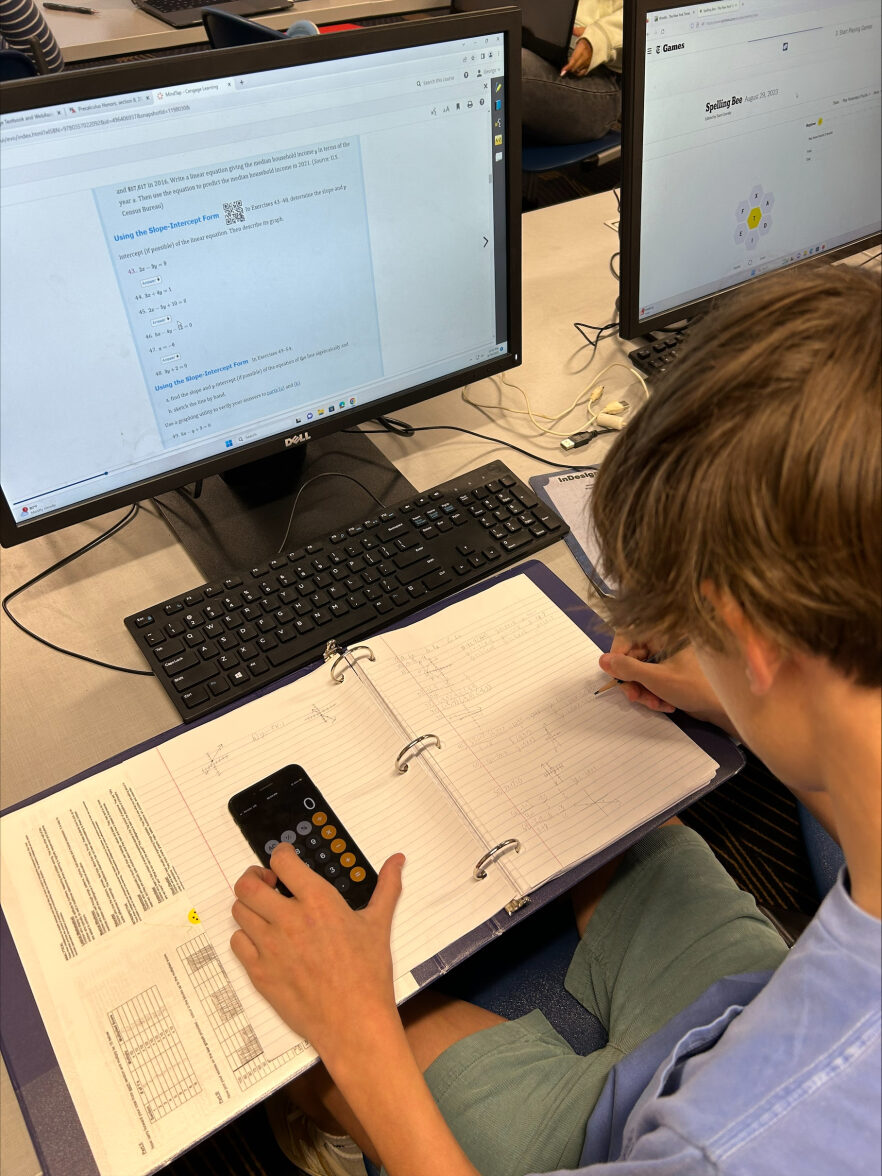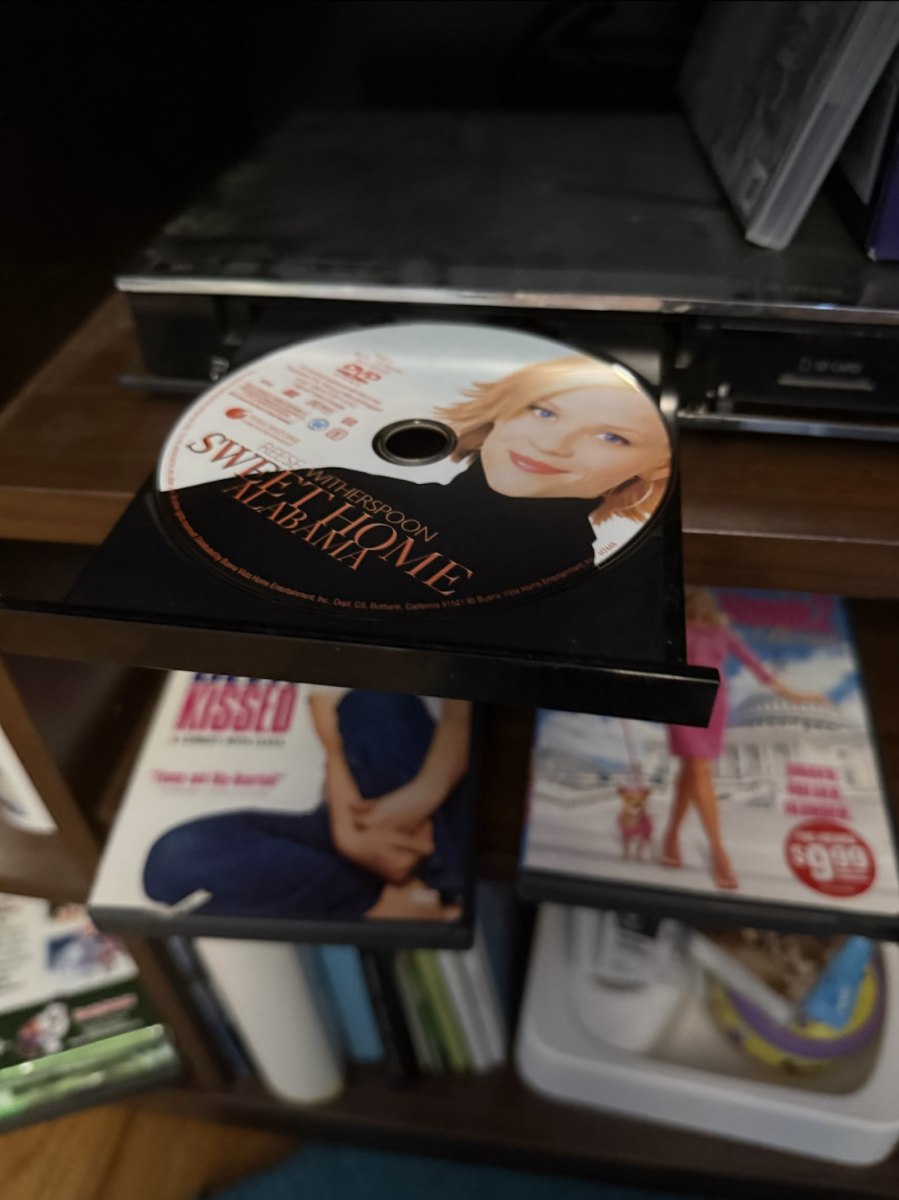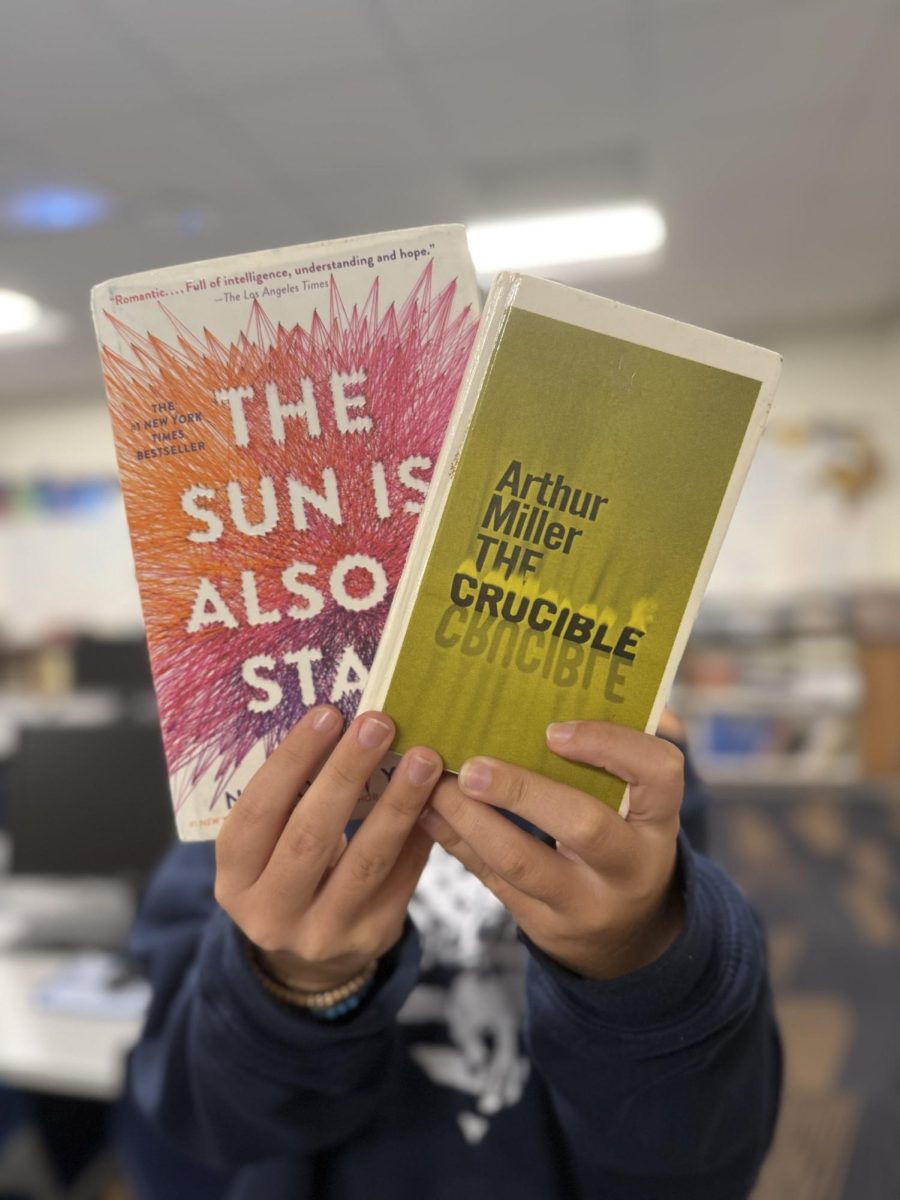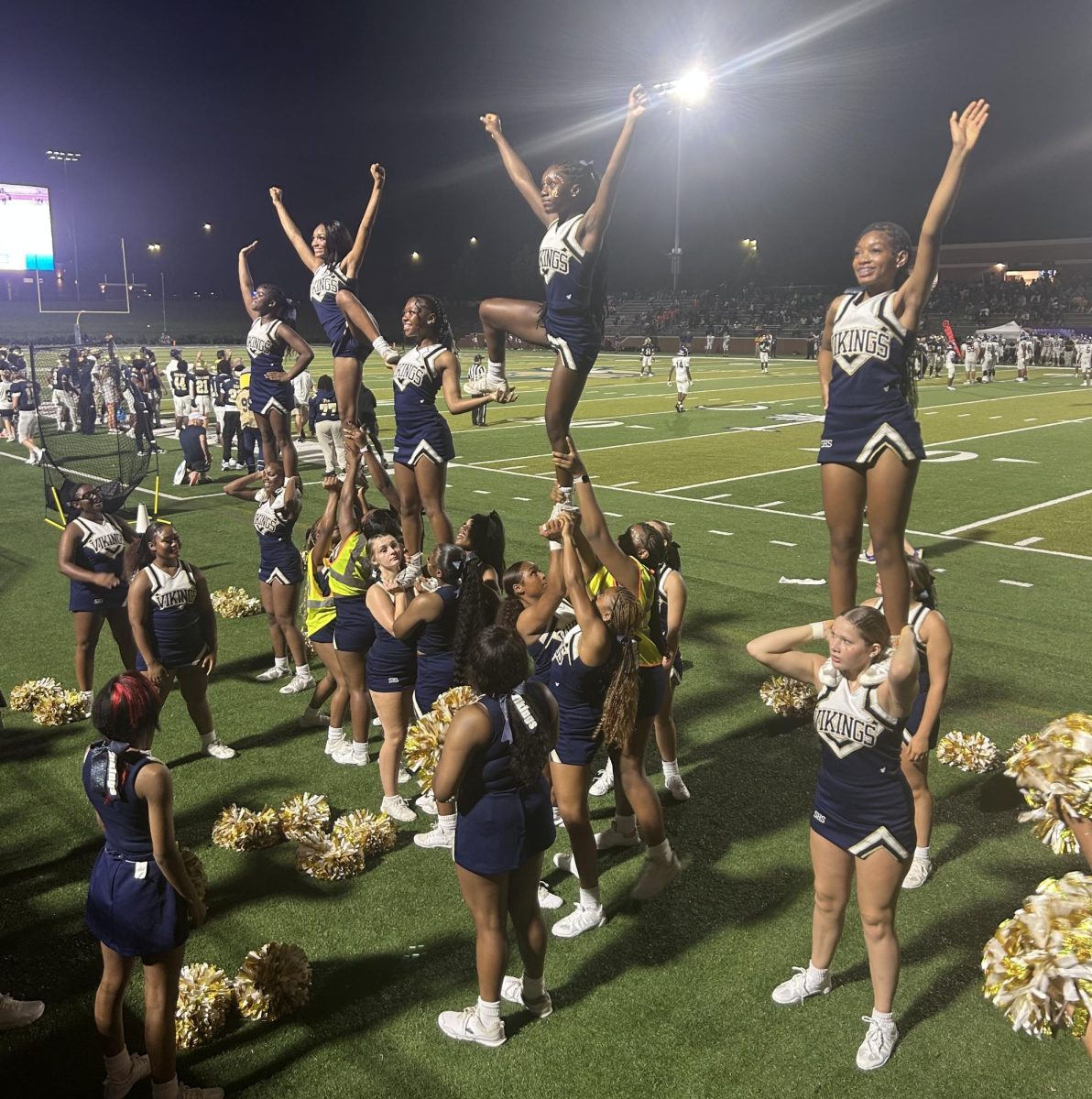The development of technology has had an incredible impact on how teaching is done in the classroom. In today’s day and age, it is almost unheard of to have a classroom with no new forms of technology to aid in teaching, whether it is a smart board or a tablet for each student to work with. Despite these various tools being used in the classroom, one device remains commonly unused and often banned in classrooms: smartphones.
Unlike tablets and computers issued by schools, students’ cellphones are not monitored or controlled in the way that these devices are, leading schools to rally against the usage of them. Countless schools have them listed in their code of conduct as being banned in the classroom, at lunch or even anywhere on school property due to distracting students. Some teachers around the country have introduced “phone pouches” to their classrooms which hold the students’ phones in an array of pockets in the back of the room during the duration of the class. Some of these products even lock the phones inside of the pouch, requiring a teacher’s key to unlock it.
Ashlynn Haggerty (11) uses her phone to watch educational material that teachers have suggested which are unavailable to watch on her school-issued computer.
“Instead of seeing phones as an enemy in the classroom, teachers should see them as a learning tool. If students do not have work to do then I don’t see why they should not be allowed to use them if they are not being disruptive,” Haggerty said.
While cell phones may certainly present themselves as a distractor to students, they do also have many practical uses in the classroom. They can be used to instantly talk to classmates absent from school, as a way to access school-related applications to study or used as tools such as a timer or calculator. Some students may also find themselves working more efficiently with music in a potentially loud or distracting classroom.
Charles Crenshaw (11) thinks that despite the fact some students could misuse phones in the classroom, they also have many helpful uses for students.
“I think that cell phones should be allowed in schools because of the positive uses that they have such as the calculator function,” Crenshaw said.
Prohibiting the usage of phones not only prevents students from using potentially beneficial tools, but it can also pose to be a safety hazard. In situations of emergency such as an earthquake, fire or intruder, the ability to contact emergency services is essential. It is also especially important that students can update their loved ones on the situation and let them know that they are safe. Having a classroom full of phones to contact authorities rather than simply a teacher’s classroom phone can be imperative to successfully getting help to the correct location.
Jessica Stevens is an AP English teacher and finds that cell phones, when used correctly, can be an incredible tool for the classroom.
“I believe cell phones can have a place in modern classrooms, especially at schools who don’t have one-to-one technology,” Stevens said. “It is a challenge for schools to balance the need for focus in the classroom while also understanding the desire for communication and connection that cell phones provide. If a school allows cell phone usage in the classroom, there must be clear expectations for usage and an environment of mutual respect, both for the academics and for the individual.”









